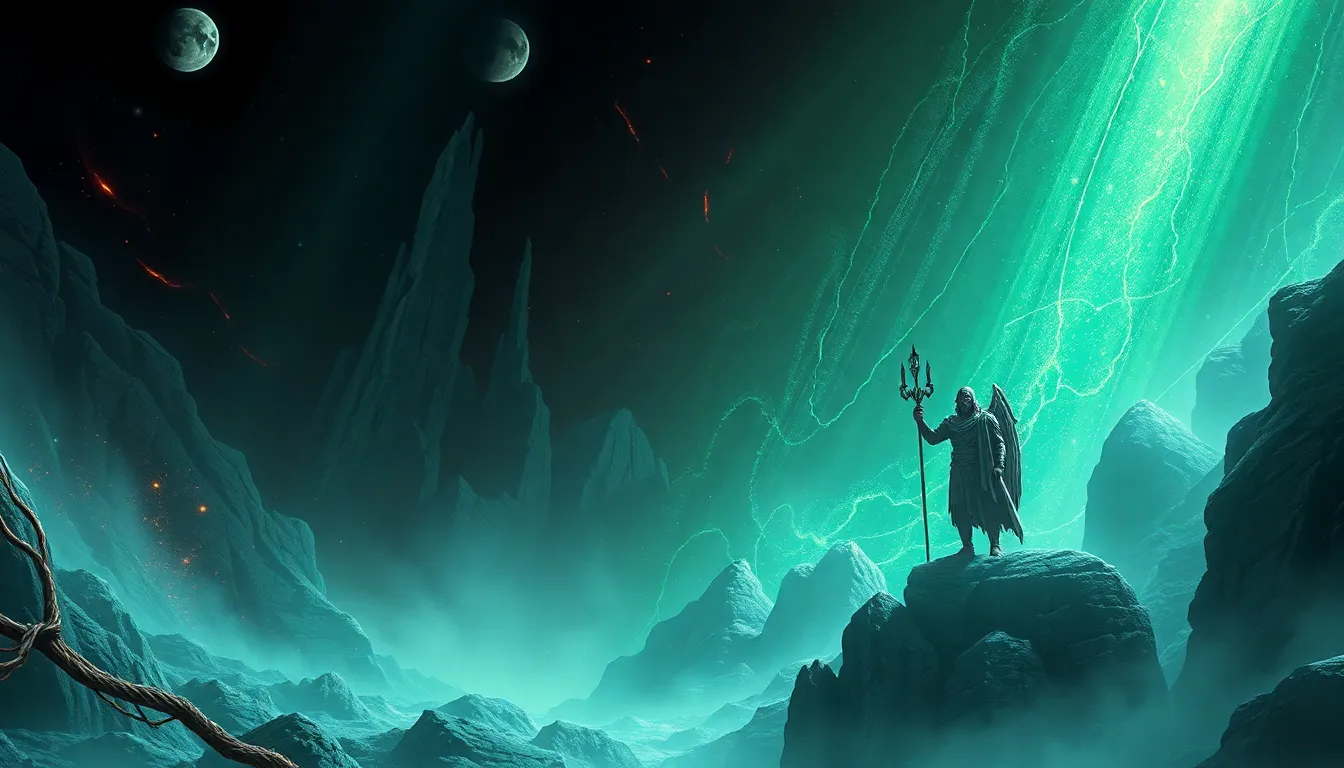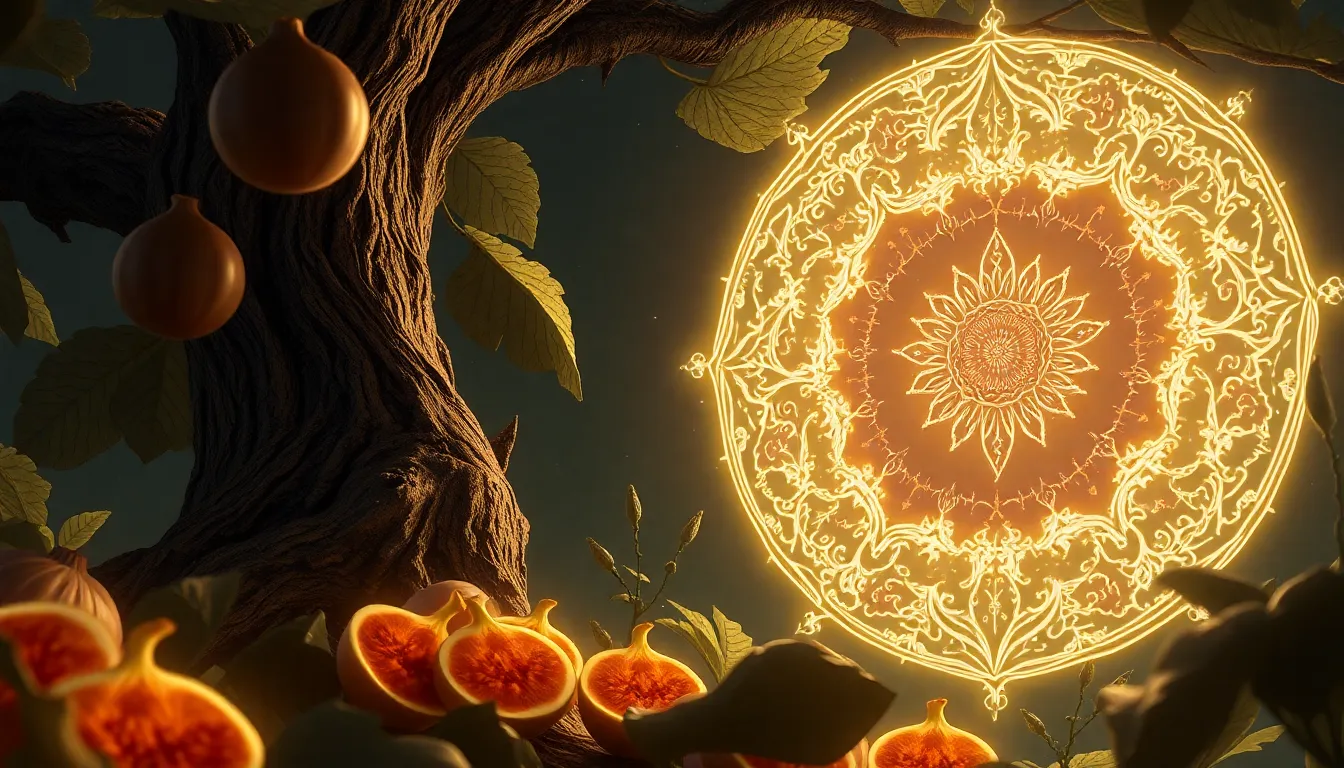From Hades to Hel: The Most Fascinating Underworlds in Myth
Introduction to Mythical Underworlds
Mythical underworlds are fascinating realms that exist in various cultures’ mythologies, representing the destination of souls after death. These underworlds serve as more than just places of rest; they are deeply woven into the cultural and religious fabric of societies, reflecting their beliefs about life, death, and the afterlife. This article will explore some of the most notable underworlds, including Hades, Hel, the Duat, Xibalba, and others, revealing their unique characteristics and the significant roles they play in their respective mythologies.
Hades: The Greek Underworld
Hades, named after its ruler, is the ancient Greek underworld where souls go after death. It is a complex realm characterized by various regions and inhabitants, including:
- Charon: The ferryman who transports souls across the River Styx.
- Cerberus: The three-headed dog that guards the gates of Hades, ensuring that no soul escapes.
The River Styx plays a crucial role in Greek mythology as the boundary between the living world and the underworld. Souls must pay Charon for passage across the river, often requiring a coin placed in the mouth of the deceased as a form of payment.
Numerous myths are associated with Hades, such as the story of Persephone, who is abducted by Hades and becomes the queen of the underworld, symbolizing the changing seasons and the cycle of life and death.
Hel: The Norse Underworld
In Norse mythology, Hel is the underworld ruled by the goddess Hel, the daughter of Loki. Unlike Valhalla, which is a hall for warriors who die in battle, Hel is a place for those who die of sickness or old age.
Hel is depicted as a dreary and cold realm, reflecting the fate of souls who arrive there. It serves as a stark contrast to the glory of Valhalla, emphasizing the Norse cultural belief in honor and valor in death. The myths surrounding Hel illustrate the Norse understanding of life’s impermanence and the importance of living honorably.
The Duat: The Egyptian Underworld
The Duat is the ancient Egyptian underworld, a complex realm that souls journey through after death. This journey involves navigating various challenges and facing judgment before the god Osiris.
Key deities associated with the Duat include:
- Osiris: The god of the afterlife and resurrection.
- Anubis: The god who guides souls and oversees the mummification process.
The Judgment of the Dead is a significant event in the Duat, where the heart of the deceased is weighed against the feather of Ma’at, symbolizing truth and justice. Those deemed worthy are allowed to enter the Field of Reeds, a paradise, while the unworthy face dire consequences.
Xibalba: The Mayan Underworld
Xibalba is the Mayan underworld, often depicted as a dark and treacherous place filled with trials and challenges for souls. According to the Popol Vuh, the Mayan creation myth, souls must navigate various tests to reach the afterlife.
Some of the trials faced by souls in Xibalba include:
- Facing the lords of Xibalba in games and contests.
- Overcoming fearsome creatures and obstacles.
Cultural and religious practices related to Xibalba often included rituals and offerings to appease the gods, ensuring safe passage for the deceased.
The Land of the Dead: The Japanese Yomi
Yomi is the Japanese underworld in Shinto belief, often depicted as a shadowy realm where the dead reside. The myths surrounding Yomi include the story of Izanami and Izanagi, the divine couple who created the islands of Japan.
After Izanami dies, Izanagi descends into Yomi to retrieve her, but he is unable to bring her back due to her transformation in the underworld. This myth emphasizes the cycle of life and death, as well as the cultural attitudes towards death and the afterlife in Japan.
The Realm of the Dead: The Aztec Mictlan
Mictlan is the Aztec underworld, consisting of nine levels through which souls must journey after death. Each level presents its own challenges, and the journey can take several years.
The journey through Mictlan involves:
- Facing various gods who test the soul’s worthiness.
- Overcoming obstacles such as rivers, mountains, and dangerous creatures.
Mictlan played a vital role in Aztec culture, with rituals and ceremonies held to honor the dead and ensure safe passage for their souls.
Tartarus: The Greek Prison of the Damned
Tartarus is often considered a distinct section of the Greek underworld, reserved for the punishment of the wicked. It is a deep abyss used to confine titans and other figures deemed deserving of eternal torment.
Notable figures punished in Tartarus include:
- Prometheus: Punished for stealing fire from the gods.
- Sisyphus: Condemned to roll a boulder up a hill for eternity.
Tartarus serves as a moral lesson in Greek thought, illustrating the consequences of hubris and transgressions against the divine order.
The Afterlife in African Mythologies
African mythologies encompass a wide range of beliefs regarding the afterlife, varying significantly across cultures. Many African traditions view death as a transition rather than an end, with the deceased continuing to exist in a different realm.
Common themes in African beliefs about the afterlife include:
- The importance of ancestors and their influence on the living.
- The belief in a spiritual realm where the deceased reside, often portrayed as a paradise or a continuation of earthly life.
Rituals and ceremonies are prevalent in African cultures, aimed at honoring the dead and ensuring their peaceful existence in the afterlife.
Conclusion
From the structured realms of Hades and Hel to the treacherous trials of Xibalba and Mictlan, mythical underworlds around the world reflect deep cultural beliefs about life, death, and what lies beyond. These underworlds serve not only as destinations for souls but also as vital components of the narratives that shape our understanding of existence and morality. By studying these fascinating realms, we gain insight into the diverse ways humanity has grappled with the mysteries of death and the afterlife.



